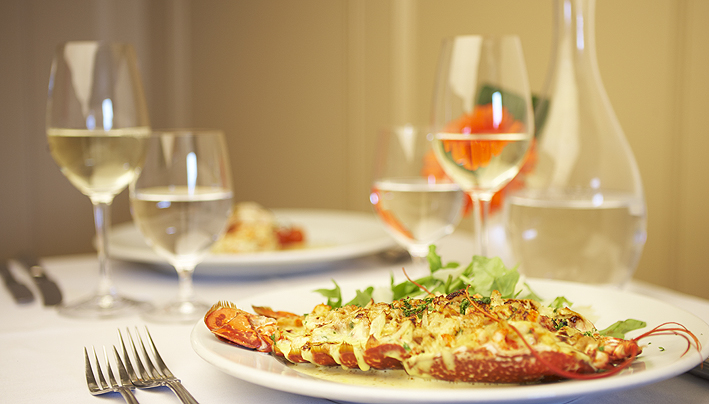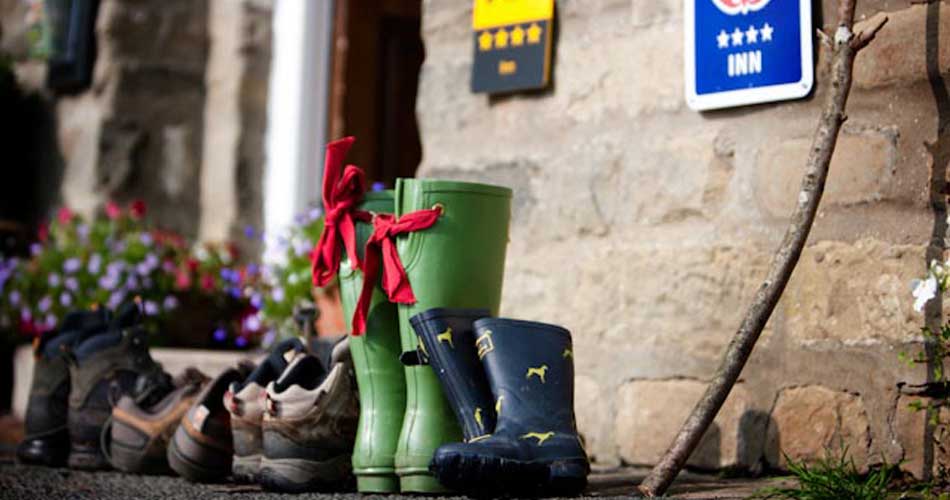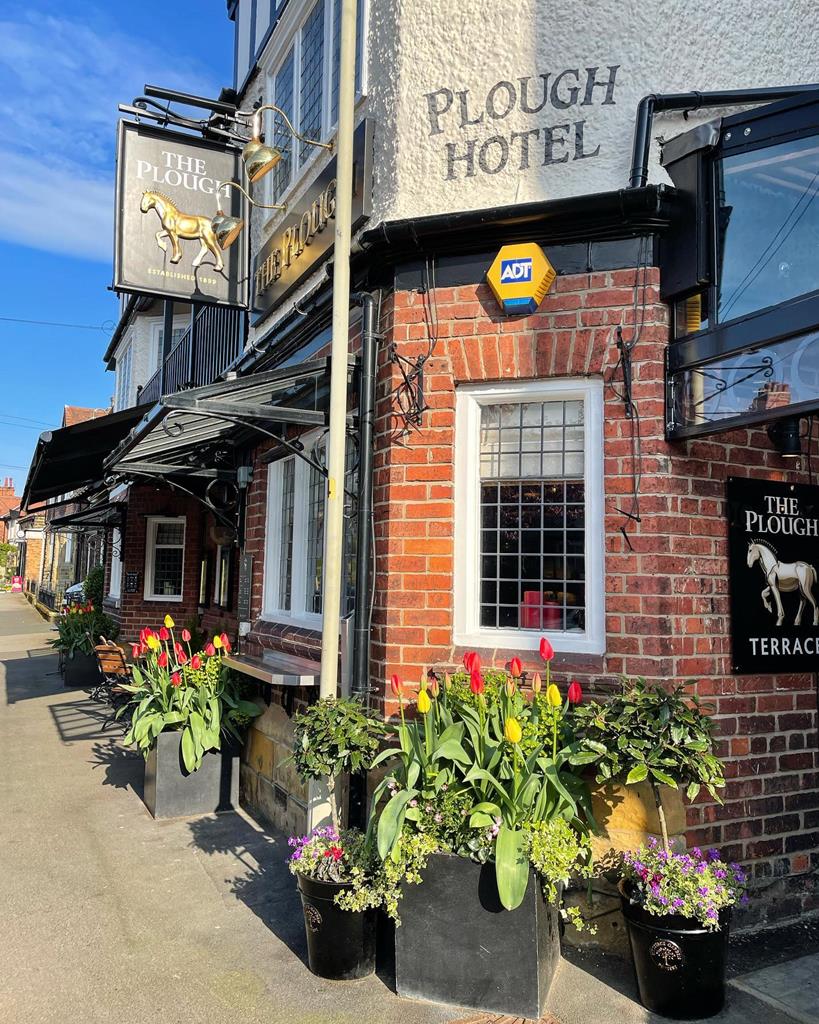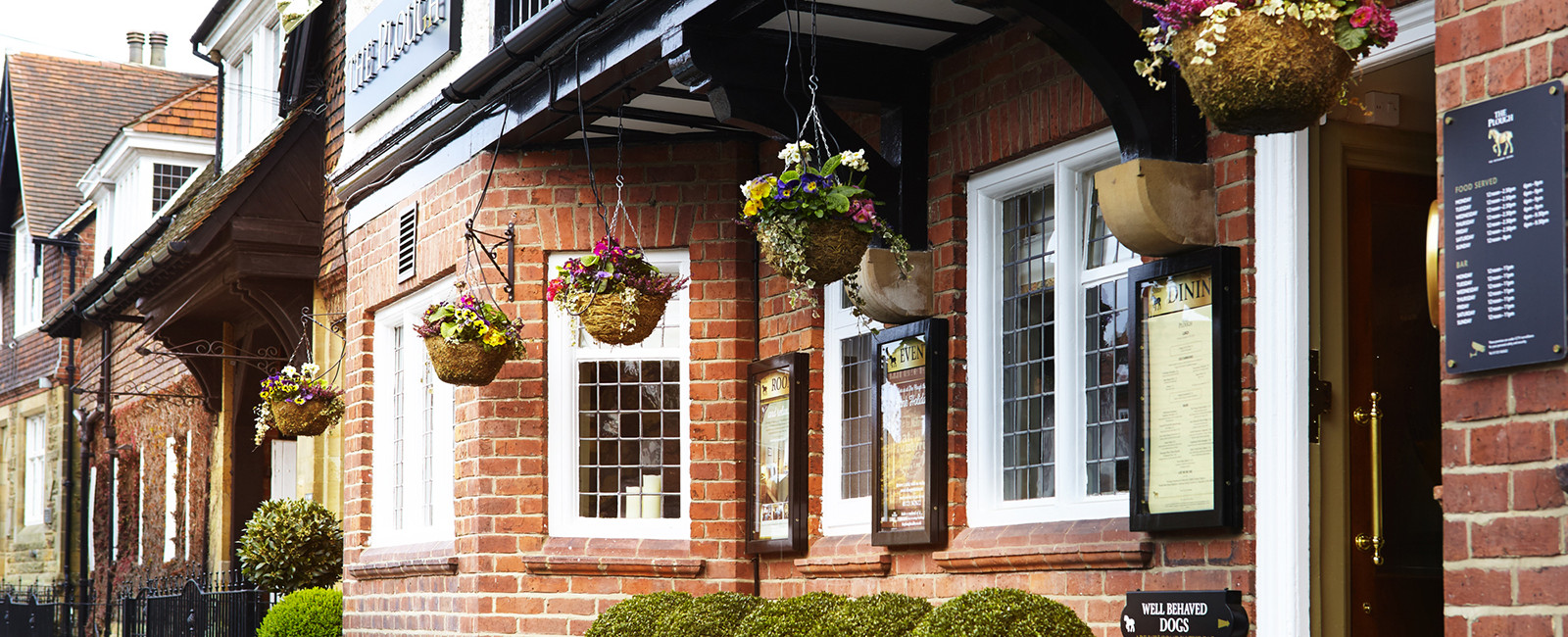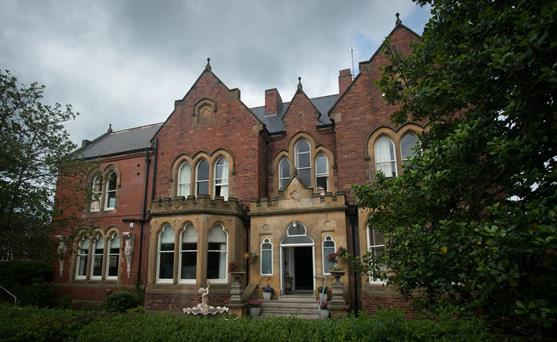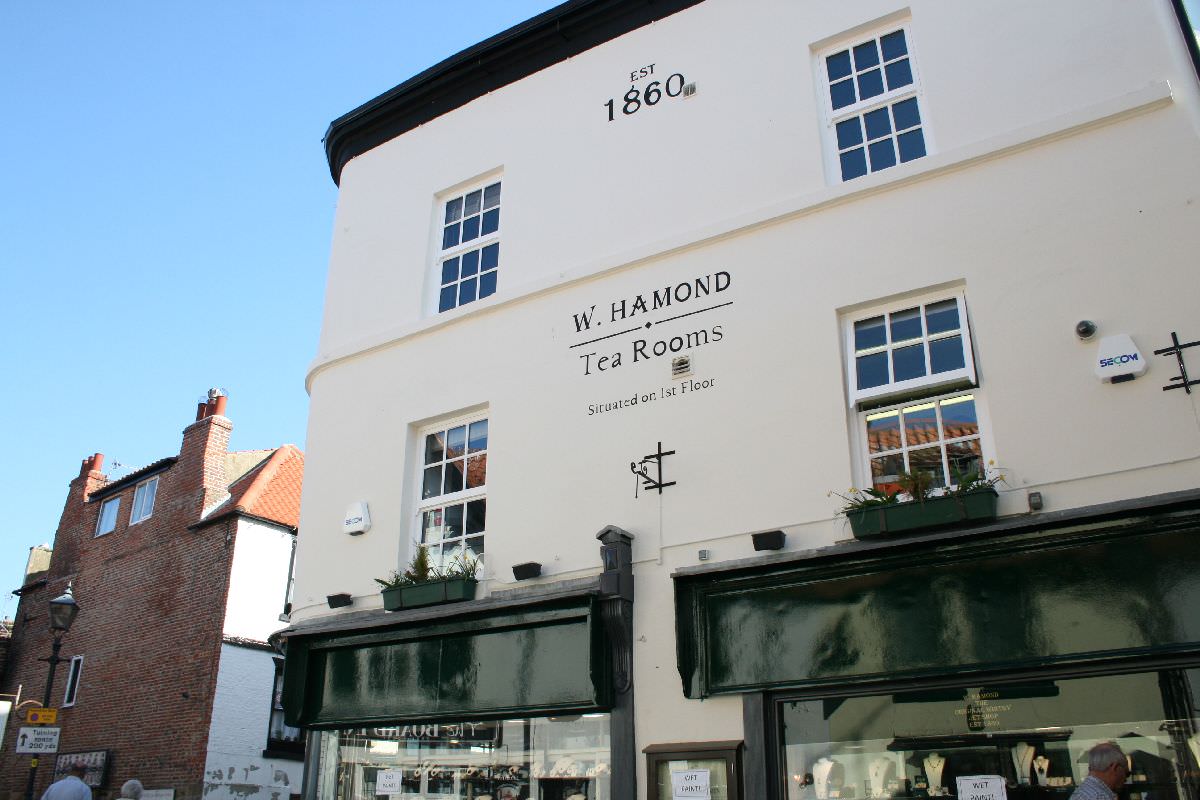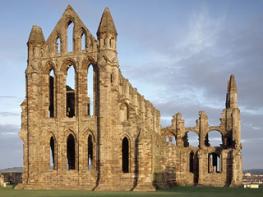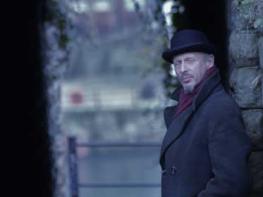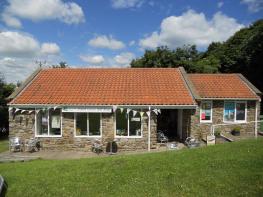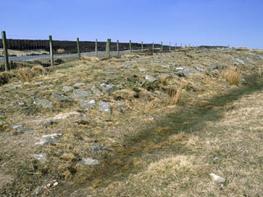As its name suggests, Cliff Top has panoramic sea views and sits close by the romantic ruins of…
Around Whitby

A walk through Whitby town reveals the inspiration for Bram Stoker’s classic tale.
4 miles (6.4kms)
About the walk
Three of the most significant chapters of Bram Stoker’s Dracula, first published in 1897, are set in Whitby, but the walk begins much further back in time, by the ruins of the great Benedictine abbey, dramatically sited on the cliff top. There’s been a monastery on this site since ad 657, though the ruins are nearly all from the 13th century. The first abbess (the original monastery was for both men and women) was the formidable St Hilda; the first English poet Caedmon, who is commemorated by a Celtic cross at the top of the 199 steps, was a member of her community.
For many people, though, it’s the links with Dracula that’s the attraction of Whitby, and you’re likely to see modern Goths walking the streets and soaking up the atmosphere of the town where the dramatic tale is set. At the start of the walk, along the coastal path, you can look out to sea and imagine the stormy night on which the Russian schooner Demeter, steered by a corpse lashed to the wheel and with its strange cargo of boxes of earth, approached Whitby. Later, as you return through the fields, the town and harbour of Whitby are below: ‘The River Esk runs through a deep valley which broadens out as it comes near the harbour ...The houses of the old town are all red-roofed, and seem piled up one over the other anyhow,’ wrote Stoker.
Once you’ve crossed the swing bridge and climbed up the West Cliff, you’ll be near East Crescent; Mina Murray was spending her summer in house here with Lucy Westenra, one of Count Dracula’s victims. On the opposite cliff are the abbey and the old parish church, where, in the grave of a suicide, the Count spent his days in Whitby. From the West Cliff Mina saw the Count about to attack Lucy: ‘Something dark stood behind the seat where the white figure shone, and bent over it.’ Mina rushed headlong through the town to save her friend.
Back on the other side of the harbour, after the bustle of the town centre, you’ll come to Tate Hill Pier, where Dracula first set foot on English soil. Here his ship, crashed into the pier and from where ‘an immense dog sprang up on deck from below, as if shot up by the concussion, and running forward, jumped from the bow on to the sand. Making straight for the steep cliff…it disappeared into the darkness’.
Walk directions
From the car park, walk up the road, with the wall on your left, towards the abbey. Turn right just after the Whitby Brewery Tap at the Cleveland Way and Robin Hood’s Bay sign. Follow the path as it winds along the coastline. Just beyond the National Trust ‘Saltwick Nab’ sign, the path leaves the coast along a caravan site road.
Continue past shops and a café. Ahead is a wall with two turreted gateways. The Cleveland Way continues through the left gateway, but bear right through the other, following the road. Just before a telegraph pole on the left, turn right at a waymarker onto a field-side path. Follow the path through three fields and over a stile onto the main road.
Turn left down the road. Where the wall ends, take a path to the right, following the line of telegraph poles. Eventually it goes beside a wall and reaches a kissing gate into a lane. When the lane swings right, go straight ahead beside a fence, down a paved path, to reach a road.
Cross and go down the road opposite, swinging right into The Ropery. Turn left down a cobbled slope that winds to descend to a road. Turn right, then, just after the car park go left to pass the Captain Cook Memorial Museum. At the end, turn left and go over the swing bridge, then right along the quayside. Follow the road as it bends left and then right. At the right-hand side of the Star Inn turn Ieft, up a steep narrow, stepped lane, Bakehouse Yard. At the top, turn right, up the hill. At the summit, East Crescent is to your left.
Climb to the ridge next to the East Terrace overlooking the harbour, then walk along, to go through the Whalebone Arch and descend steps onto the road. Turn right and go down to the harbour, along the quayside and back over the bridge. Just beyond, turn left down Sandgate and onto the Market Place, passing left of the Town Hall and turning left along Church Street.
As the street bends right, go straight ahead to see Tate Hill Pier. Follow the road round into Sandside and climb the 199 steps to the churchyard. Leave the churchyard by the iron gate at the far end, bearing left past the abbey to return to the car park.
Additional information
Coastal and field paths, then town pavements, 1 stile
Old town clustered around harbour and steep cliffs
Dogs should be on lead in town
OS Explorer OL27 North York Moors, Eastern Area
Main Abbey car park to southeast of Whitby Abbey
At Whitby Abbey and (signed) in town centre
WALKING IN SAFETY
Read our tips to look after yourself and the environment when following this walk.
Find out more
Also in the area
About the area
Discover North Yorkshire
North Yorkshire, with its two National Parks and two designated Areas of Outstanding Natural Beauty, is England’s largest county and one of the most rural. This is prime walking country, from the heather-clad heights of the North York Moors to the limestone country that is so typical of the Yorkshire Dales – a place of contrasts and discoveries, of history and legend.
The coastline offers its own treasures, from the fishing villages of Staithes and Robin Hood Bay to Scarborough, one time Regency spa and Victorian bathing resort. In the 1890s, the quaint but bustling town of Whitby provided inspiration for Bram Stoker, who set much of his novel, Dracula, in the town. Wizarding enthusiasts head to the village of Goathland, which is the setting for the Hogwarts Express stop at Hogsmeade station in the Harry Potter films.
York is a city of immense historical significance. It was capital of the British province under the Romans in AD 71, a Viking settlement in the 10th century, and in the Middle Ages its prosperity depended on the wool trade. Its city walls date from the 14th century and are among the finest in Europe. However, the gothic Minster, built between 1220 and 1470, is York’s crowning glory.
Nearby stays
Restaurants and Pubs
Nearby experiences
Recommended things to do
Why choose Rated Trips?
Your trusted guide to rated places across the UK
The best coverage
Discover more than 15,000 professionally rated places to stay, eat and visit from across the UK and Ireland.
Quality assured
Choose a place to stay safe in the knowledge that it has been expertly assessed by trained assessors.
Plan your next trip
Search by location or the type of place you're visiting to find your next ideal holiday experience.
Travel inspiration
Read our articles, city guides and recommended things to do for inspiration. We're here to help you explore the UK.





